Add a Teen Driver to Policy? Rates Double in CT, 8th Highest Increase in Nation
/Adding a teen driver to the family automobile insurance policy drives up rates. That’s true everywhere across the United States, and in Connecticut the increase is among the highest in the nation, almost doubling the policy's premium. A new survey reveals that the average premium increase in Connecticut when adding a teen driver to an existing policy is 96.3 percent, which is the 8th highest increase in the U.S. The only states with higher jumps in premiums are New Hampshire, Rhode Island, Arizona, Wyoming, Ohio, Oregon and Maine.
The study, by in suranceQuotes, found that the average increase in premiums across the country when a teen driver is added to an existing policy is 79 percent. That is a slight improvement from a few years ago, when the increase nationwide averaged 84 percent.
suranceQuotes, found that the average increase in premiums across the country when a teen driver is added to an existing policy is 79 percent. That is a slight improvement from a few years ago, when the increase nationwide averaged 84 percent.
The study also found that it costs more to add a young male driver than a female driver to an existing policy - adding a male teen to a married couple's policy results in a national average premium increase of 91 percent, compared to an increase of 67 percent for a female. The difference is wider the younger the driver. For 16 year old male driver is added, for example, the premium cost more than doubles on an existing policy.
Connecticut has consistently been ranked in the top ten, with among the highest increases when a teenage driver is added to an existing policy. A year ago, Connecticut was ranked 7th, with a 98.3 percent increase in insurance rates after adding a teen driver. The previous year, Connecticut ranked 5th in the annual survey, with an increase of 102.4 percent in the policy cost when a teen driver was added.
According to the data, the largest increases in Connecticut were in New Haven County, more than 11 percent higher than the statewide average. Tolland, Windham, Middlesex and New London counties were slightly lower than the statewide average; Hartford and Fairfield counties slightly higher.
Laura Adams, senior insurance analyst at insuranceQuotes stressed that states differ considerably when it comes to the cost of insuring a teenage driver – noting that a teen added to a married adult's auto policy in New Hampshire results in an average annual premium increase of 125 percent, while in Hawaii the average increase is just 17 percent. New Hampshire had the highest increase in each of the past three years.
"Insurance companies have pretty wide lattitude in many states in the reasons for raising rates, and in some states adding a teen really moves the needle," Adams told CT by the Numbers. As for Connecticut, Adams said she doesn't see any reprieve anytime soon. "Teen drivers are among the riskiest, and companies take advantage of the opportunity to raise rates."
 Perhaps the most significant underlying factor is that each state regulates insurance differently, and those regulatory differences account for some of the variations in the study’s findings, according to insuranceQuotes. For instance, Hawaii is the only state that doesn't allow insurance providers to consider age, gender or length of driving experience when determining premiums. That means that the cost for teens doesn't differ much from the cost for adults buying auto insurance. This may also account for lower increases in states such as New York, Michigan and North Carolina, where insurance is regulated more strictly and rating factors are more stringent, insuranceQuotes points out. The increases in those states when adding a teen to an existing policy were all below 60 percent, among the lowest increases in the nation.
Perhaps the most significant underlying factor is that each state regulates insurance differently, and those regulatory differences account for some of the variations in the study’s findings, according to insuranceQuotes. For instance, Hawaii is the only state that doesn't allow insurance providers to consider age, gender or length of driving experience when determining premiums. That means that the cost for teens doesn't differ much from the cost for adults buying auto insurance. This may also account for lower increases in states such as New York, Michigan and North Carolina, where insurance is regulated more strictly and rating factors are more stringent, insuranceQuotes points out. The increases in those states when adding a teen to an existing policy were all below 60 percent, among the lowest increases in the nation.
Adams noted that people often notice the difference in rates when they move to another state. "You are penalized for where you live. States handle this very differently."
She added that "regardless of the costs to insure your teen driver, safety is the No. 1 priority. We suggest parents educate teens on the dangers of driving, especially when it comes to texting while driving, or driving under the influence.”
Kathy Bernstein, senior manager of the National Safety Council's Teen Driving Initiatives, told insuranceQuotes that the riskiness of teens behind the wheel may be "leveling off." For instance, in 1978 there were nearly 10,000 teen driver deaths, according to the Insurance Institute for Highway Safety (IIHS). That number has dropped every year since then. In 2014, the number of teen driver deaths was about 2,600. The percentage of teens on the road has steadily declined as well. According to a recent study from the University of Michigan, 69 percent of 17-year-old Americans had a license 30 years ago. Now, less than half have a license - 45 percent.
Adams indicated that as teen drivers get older and gain driving experience, rates tend to come down, unless, of course, they happen to have an accident in which they are at fault. In those instances, "very high rates" result.
For the annual study, insuranceQuotes and Quadrant Information Services examined the economic impact of adding a driver between the ages of 16 and 19 to a family's existing car insurance policy. The insuranceQuotes website provides consumers with a free, easy way to compare insurance quotes online for auto, home, health, life and business policies.




 The analysis points out that the type of land in a given area has a significant impact on its worth. Agricultural and other largely undeveloped areas are generally worth significantly less than cities and suburbs land. Developed land, or land where housing, roads, and other structures are located, is valued at an estimated $106,000 per acre, while undeveloped land was estimated at $6,500 per acre, and farmland at only $2,000 per acre, according to the analysis.
The analysis points out that the type of land in a given area has a significant impact on its worth. Agricultural and other largely undeveloped areas are generally worth significantly less than cities and suburbs land. Developed land, or land where housing, roads, and other structures are located, is valued at an estimated $106,000 per acre, while undeveloped land was estimated at $6,500 per acre, and farmland at only $2,000 per acre, according to the analysis.
 rs Commission. Replacing them will be the Commission on Women, Children and Seniors and a Commission that merges the Latino, African-American and Asian Pacific American Commissions.
rs Commission. Replacing them will be the Commission on Women, Children and Seniors and a Commission that merges the Latino, African-American and Asian Pacific American Commissions.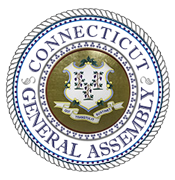


 The Latino and Puerto Rican Affairs Commission (LPRAC) was created by an act of the Connecticut General Assembly (CGA) in 1994. This 21 member non-partisan commission is mandated to make recommendations to the CGA and the Governor for new or enhanced policies that will foster progress in achieving health, safety, educational success, economic self-sufficiency, and end discrimination in Connecticut. As of 2014, the state’s Hispanic population exceeded 500,000, about 15 percent of the state’s overall population.
The Latino and Puerto Rican Affairs Commission (LPRAC) was created by an act of the Connecticut General Assembly (CGA) in 1994. This 21 member non-partisan commission is mandated to make recommendations to the CGA and the Governor for new or enhanced policies that will foster progress in achieving health, safety, educational success, economic self-sufficiency, and end discrimination in Connecticut. As of 2014, the state’s Hispanic population exceeded 500,000, about 15 percent of the state’s overall population. ”
”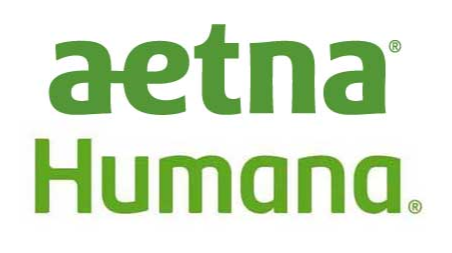

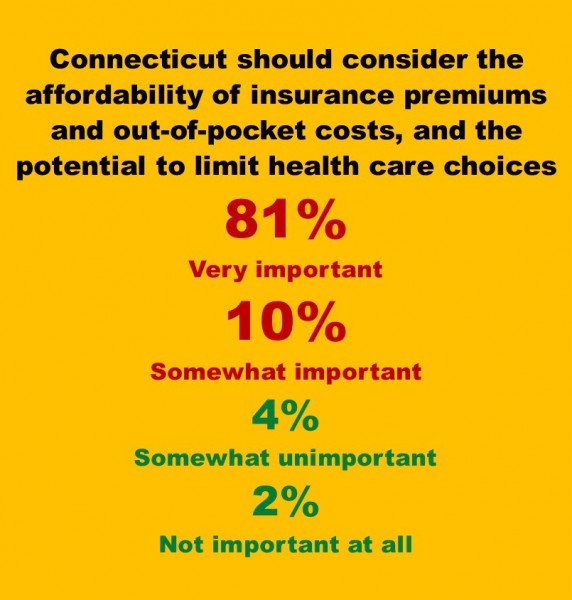
 In addition to the public poll,
In addition to the public poll, 
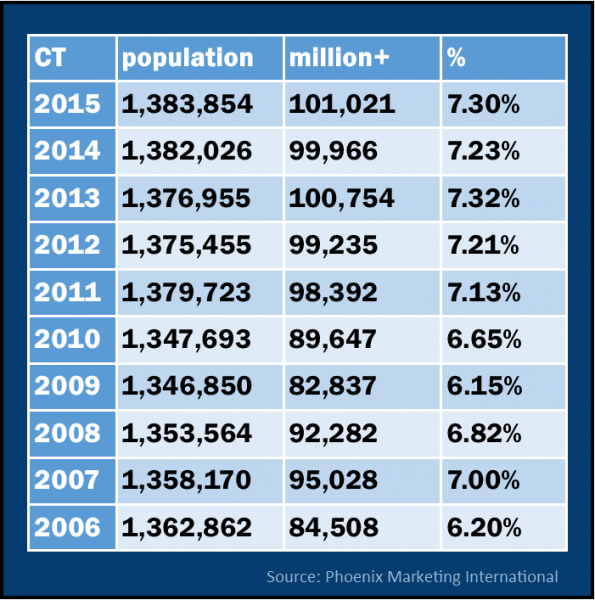 He added, “We advised him that there are ways to be close to family and friends in Connecticut on occasion that are perfectly legal. We're trying to send a more welcoming message to the high earners as a group." Homeowners who spend more than 183 days in the state are considered residents for tax purposes.
He added, “We advised him that there are ways to be close to family and friends in Connecticut on occasion that are perfectly legal. We're trying to send a more welcoming message to the high earners as a group." Homeowners who spend more than 183 days in the state are considered residents for tax purposes. wealthiest individuals, had relocated from Greenwich to Florida, the second individual in that tax bracket to do so recently. The exits, the Courant reported, “leave Connecticut with 13 billionaires, including Ray Dalio ($15.6 billion) and Steven Cohen ($12.7 billion), both hedge fund owners who live in Greenwich.” Eight of those 13 state residents list Greenwich as their home address, according to
wealthiest individuals, had relocated from Greenwich to Florida, the second individual in that tax bracket to do so recently. The exits, the Courant reported, “leave Connecticut with 13 billionaires, including Ray Dalio ($15.6 billion) and Steven Cohen ($12.7 billion), both hedge fund owners who live in Greenwich.” Eight of those 13 state residents list Greenwich as their home address, according to 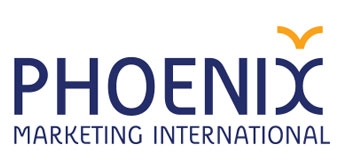
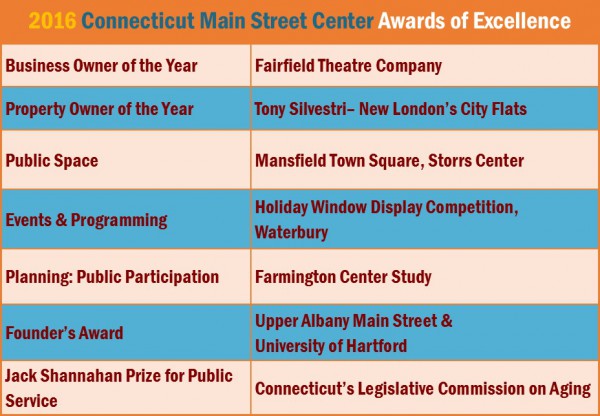

 Based on an inventory of the content and ease-of-use of states' transparency websites, the report assigns each state a grade of “A+” to “F.” The leading states with the most comprehensive transparency websites are Ohio, Michigan, Indiana, Oregon, and Connecticut, with each receiving an A+ grade.
Based on an inventory of the content and ease-of-use of states' transparency websites, the report assigns each state a grade of “A+” to “F.” The leading states with the most comprehensive transparency websites are Ohio, Michigan, Indiana, Oregon, and Connecticut, with each receiving an A+ grade.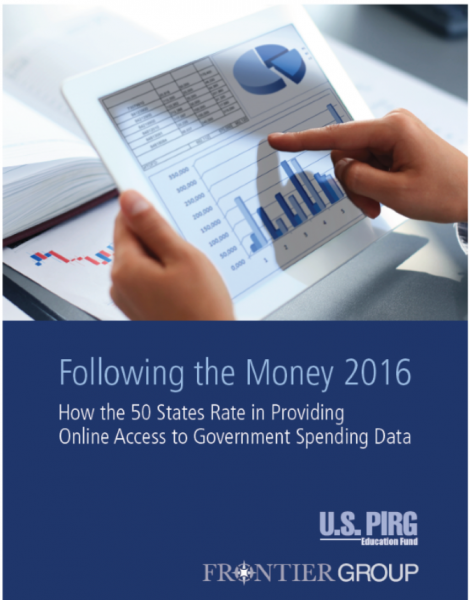
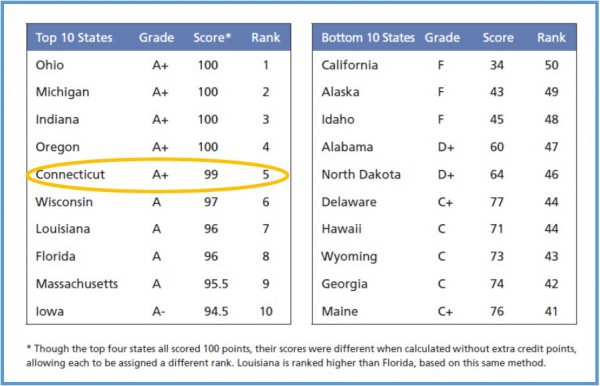 inue to improve, the states that most distinguished themselves as leaders in spending transparency are those that provide access to types of expenditures that otherwise receive little public scrutiny. Only 11 states- including Connecticut - provide checkbook-level information that includes the recipients of each of the state’s most important subsidy programs.
inue to improve, the states that most distinguished themselves as leaders in spending transparency are those that provide access to types of expenditures that otherwise receive little public scrutiny. Only 11 states- including Connecticut - provide checkbook-level information that includes the recipients of each of the state’s most important subsidy programs.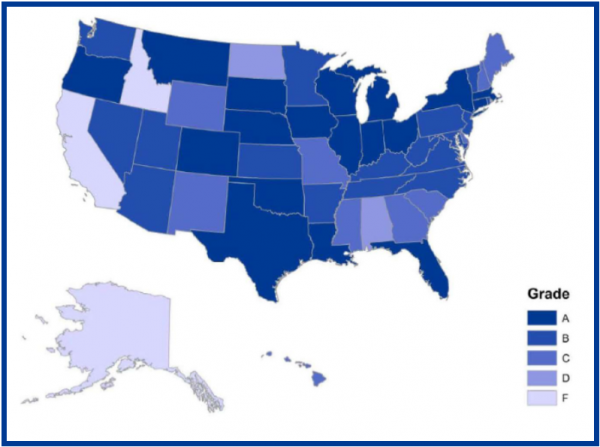


 In an article appearing in this week’s
In an article appearing in this week’s 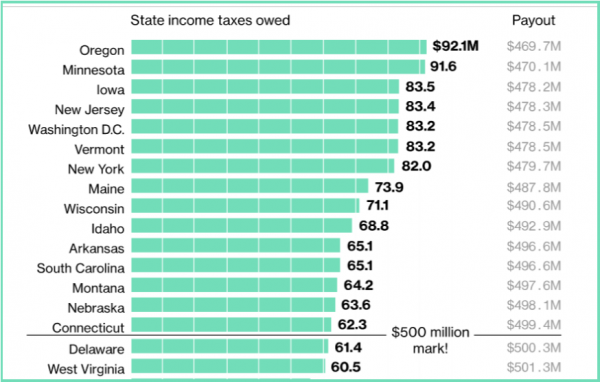 Connecticut’s take on such a jackpot would be 15th highest in the nation, among the states that do tax such winnings at various income tax rates. An analysis by Bloomberg found that the amount of state income taxes owed would be highest for residents of Oregon, Minnesota, Iowa, New Jersey, Washington D.C., Vermont, New York, Maine and Wisconsin.
Connecticut’s take on such a jackpot would be 15th highest in the nation, among the states that do tax such winnings at various income tax rates. An analysis by Bloomberg found that the amount of state income taxes owed would be highest for residents of Oregon, Minnesota, Iowa, New Jersey, Washington D.C., Vermont, New York, Maine and Wisconsin.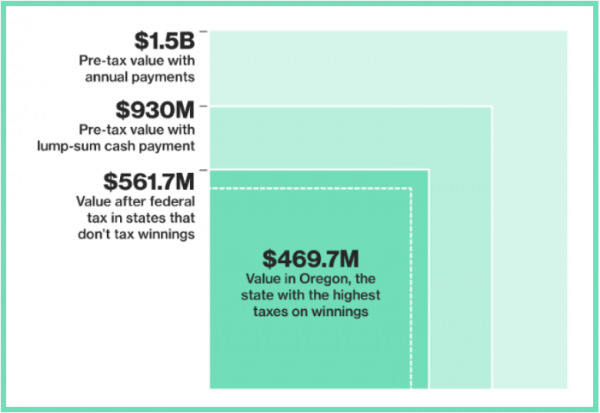
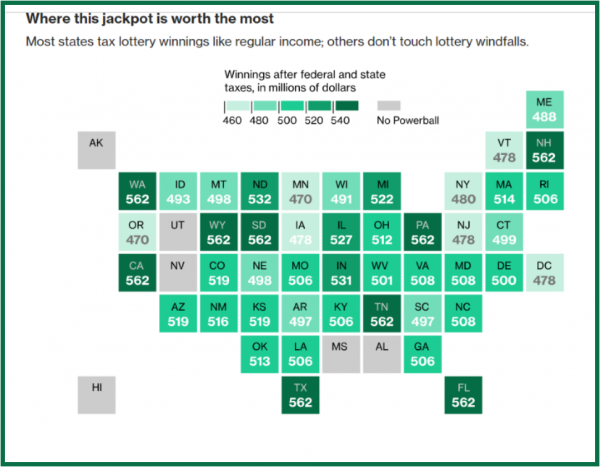
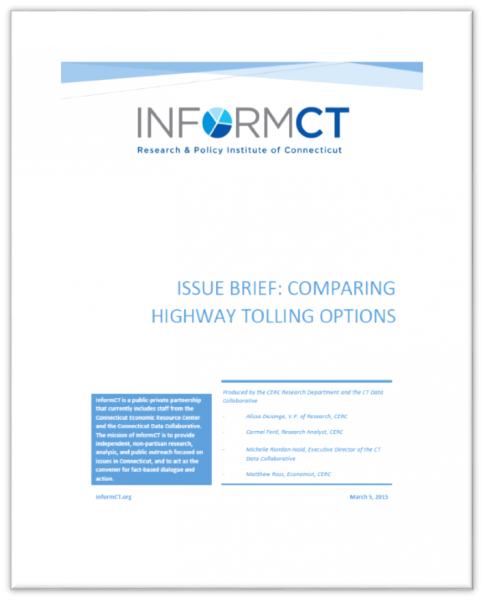
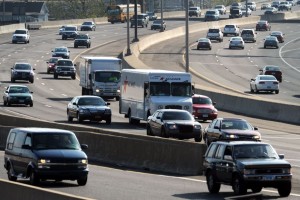 The issue brief indicated that a disadvantage of a distance toll system on all limited access highways in Connecticut would be that it “could create an incentive for people to use alternative roadways. The increased use of these roadways could shift the burden of maintenance and congestion to municipalities.” The advantage would be that distance tolls “could help to more efficiently allocate the cost of these roadways to drivers who use them the most.”
The issue brief indicated that a disadvantage of a distance toll system on all limited access highways in Connecticut would be that it “could create an incentive for people to use alternative roadways. The increased use of these roadways could shift the burden of maintenance and congestion to municipalities.” The advantage would be that distance tolls “could help to more efficiently allocate the cost of these roadways to drivers who use them the most.”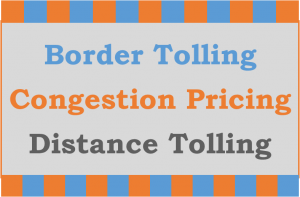 Congestion pricing, which provides for higher toll charges at peak traffic times, “helps to limit traffic on major roadways and create an incentive for people to use more environmentally friendly forms of public transportation,” the policy paper indicates. However, a congestion pricing system “could polarize roadway use by displacing low income commuters during peak driving hours. Congestion pricing could also create displacement effects whereby the increased use of local roadways could shift the burden of maintenance and congestion to municipalities.”
Congestion pricing, which provides for higher toll charges at peak traffic times, “helps to limit traffic on major roadways and create an incentive for people to use more environmentally friendly forms of public transportation,” the policy paper indicates. However, a congestion pricing system “could polarize roadway use by displacing low income commuters during peak driving hours. Congestion pricing could also create displacement effects whereby the increased use of local roadways could shift the burden of maintenance and congestion to municipalities.”



























